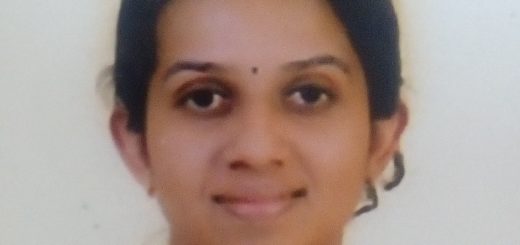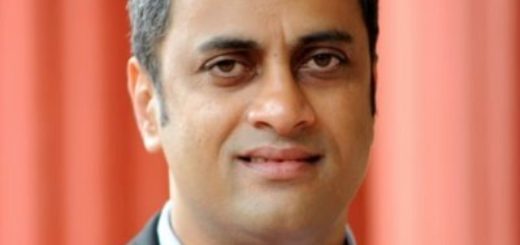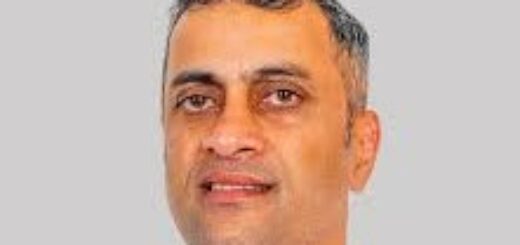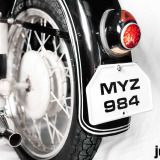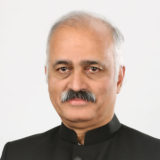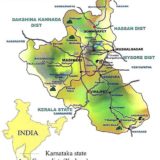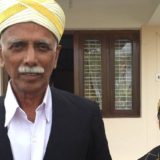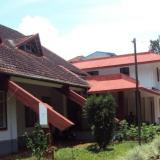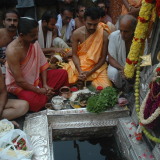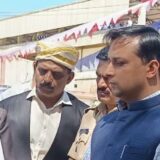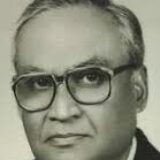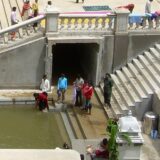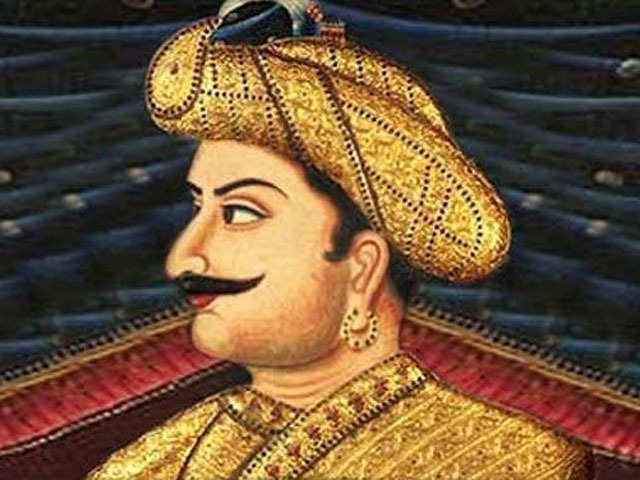
By P.T. Bopanna*
Contrary to the narrative being sought to be created by Kodava activists and the Sangh Parivar, there is no evidence of any massacre of Kodavas (Coorgs) in 1785 by the ruler of Mysuru Tipu Sultan.
Ever since the irresponsible and politically motivated decision of Congress leader Siddaramaiah as chief minister in 2015 to celebrate Tipu birth anniversary and the resulting violence in Kodagu (Coorg) district in Karnataka, Kodava activists and the leaders of the saffron outfits have been harping on the ‘massacre’ of 70,000 Kodavas. Even the so-called Congress leaders in Kodagu have joined in the chorus for the sake of votes.
This reporter has gone through the Coorg gazetteer published by both government of India and Karnataka and there was no mention of a massacre. However, they all mention the capture of thousands of people of Kodagu at Devatuparambu.
But the number of people captured by Tipu varies widely from 70,000 to 80,000. These numbers may not be supported by the small population of Kodagu and even smaller numbers of Kodavas 200 years ago, for which period there are no census figures.
Tipu’s attempts to subdue Kodagu was thwarted many times by the valiant people of Kodagu who rose in rebellion each time he sent his army. Finally in 1785, Tipu himself came to Kodagu with a large army and spent many weeks in Kodagu. He met the leaders of Kodagu in Uluguli Santhe Maala (present-day Sunticoppa), in Madikeri and in Bhagamandala. He assured them that he would rule them well, and got them to promise that they would not rebel against him. But many of the people of Kodagu were suspicious of Tipu’s army and hid in the forests and hills.
In the Karnataka Gazetteer published in 1993 which was edited by well-known historian Dr Suryanath U. Kamath, chief editor, Karnataka Gazetteer, it is mentioned: “Tipu negotiated with prominent men of Kodagu and secured a promise from them that they would not oppose his rule. Certain people out of fear escaped to hills and forests. Tipu sent a large army to bring them back as captives. When Tipu was camping at Devatuparambu, the army brought as prisoners thousands of Kodava men along with their families. Tipu imprisoned all of them and they were sent to Srirangapatna.”
There were Kodavas and Amma Kodavas among them. The men among the captives were circumcised and converted to Islam. They were called Ahmediyas, and were made part of Tipu’s army.
All of this is what was noted by Tipu’s chronicler Kirmani, who mentions that 80,000 men, women and children were captured then.
Mohibbul Hasan, in his biography of Tipu published in 1951 says that Kirmani wrote about Tipu in Calcutta under the patronage of the British whom he served after the defeat of Tipu. Therefore, it is suspected that the exaggerated numbers that Kirmani quoted might have served to please the British who wished to paint Tipu, their enemy, as a cruel ruler.
It has also been said, that at the same time, Kirmani wanted to glorify Tipu’s name as one who captured so many non-Muslims and converted them to Islam.
It must be noted that many people of Kodagu must have died at the hands of Tipu’s soldiers over the years, during the many battles they fought. Some probably died during the skirmishes they had when they were taken captive to Devatuparambu and on the long journey by foot to Srirangapatana.
The available evidence does not support the theory of a massacre at Devatuparambu in December 1785. If thousands of people were supposed to have been killed, there should be evidence of their skulls and bones.
But the capture and forcible conversion of thousands is serious enough to justify remembering the event which shows his cruelty towards Kodavas.
In December 2015, a group of Kodava activists erected a stone memorial at Devatuparambu to mark the supposed massacre of Kodavas by Tipu. However, the Karnataka forest department dismantled the memorial.
When the Congress government of Chief Minister Siddaramaiah decided to celebrate the birth anniversary of Tipu on November 10 in 2015, two persons lost their lives in Kodagu in the ensuing disturbances, including a Sangha Parivar activist.
The late A.K. Subbaiah, former MLC, had contested this historical narrative. He said that no massacre took place and that Tipu captured only a handful of Kodavas. “The incidents that took place at Devatuparambu have been exaggerated by some Kodavas who have been completely communalised. The protests against Tipu are led by the Kodava Samajas that are controlled by these people. You should understand that a majority of Kodavas are BJP supporters,” he had said.
In an interview in 2015, Prof. Sheik Ali, former vice-chancellor and a historian of Tipu, stated that there was a campaign from the 1950s itself to portray Tipu as a partisan religious ruler. In 1980, the book ‘Tipu Sultan X’Rayed’ by the late I.M. Muthanna, a Kodava himself, was full of concocted stories on the Mysuru ruler.
It is a sad commentary on present day Kodava writers that they have put I.M. Muthanna on a pedestal. Though he was knowledgeable on matter of Kodagu and a prolific writer, he was a highly biased writer. This writer has his book ‘The Coorg Memoirs’, published in 1971, which contains material that amounts to character-assassination of fellow Kodavas, especially that of B.D. Ganapathy, one of the most respected writers.
It is time that ordinary Kodavas should not be swayed by false narratives being concocted by groups with hidden agendas. At the same time, the so-called secular leaders should stop painting Tipu as a freedom fighter. Tipu was an emperor who was only interested in conquering territories. It is better to leave the matter of analysing Tipu’s rule to the historians.
*P.T. Bopanna is a Bengaluru-based journalist and author. His books are available on Amazon Kindle. For more, check out the following link:
https://www.amazon.in/Books-P-T-Bopanna/s?rh=n%3A976389031%2Cp_27%3AP.T.+Bopanna

